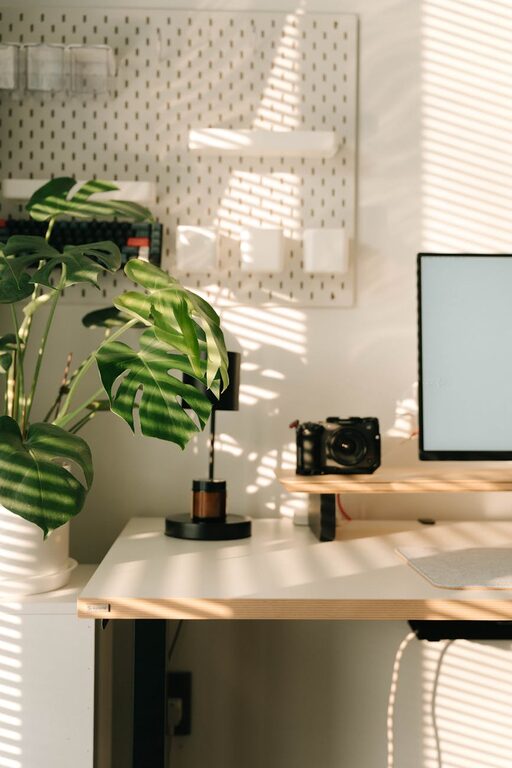Creating a relaxing home workspace is essential for maintaining focus, reducing stress, and enhancing overall productivity. Whether you work from home full-time or occasionally, having a dedicated area that feels calm and inviting can make a significant difference in how you approach your daily tasks. In this post, we’ll explore practical tips to transform any space into a tranquil and efficient home workspace.
Why a Relaxing Workspace Matters
Your work environment affects your mood and efficiency. A cluttered, noisy, or uncomfortable space can increase stress and distract you from important tasks. Conversely, a well-organized and peaceful area encourages concentration and creativity. Designing your home workspace with relaxation in mind helps you sustain motivation and promotes a healthy work-life balance.
Choosing the Right Location
Consider Natural Light
One of the simplest ways to create a relaxing workspace is to position your desk near a window. Natural light energizes you and reduces eye strain. If natural light is limited, invest in quality desk lamps with adjustable brightness and color temperature.
Find a Quiet Spot
Pick a space away from busy areas of your home, such as the kitchen or living room. Minimizing noise and interruptions allows you to focus better. If noise is unavoidable, noise-cancelling headphones or soft background music can help.
Designing Your Workspace for Comfort
Ergonomic Furniture
Invest in a comfortable chair that supports good posture. Your desk should be at a height that allows your forearms to rest comfortably while typing. Ergonomics prevents physical strain and keeps you comfortable throughout the day.
Keep Essentials Within Reach
Organize your desk so that frequently used items—like your computer, notebook, and pens—are easily accessible. This reduces unnecessary movements and distractions.
Add Soft Textures
Incorporate a comfortable rug or seat cushion, and consider adding fabric curtains to soften the space. These elements make your workspace feel inviting and cozy.
Declutter and Organize
A cluttered desk can lead to a cluttered mind. Keep your workspace tidy by:
– Using storage boxes or drawer organizers to keep supplies neat
– Removing unnecessary items from your desktop
– Implementing a “clean desk” policy at the end of each workday
Decluttering creates a calm atmosphere and improves focus.
Incorporate Calming Elements
Natural Plants
Adding greenery to your workspace improves air quality and reduces stress. Choose easy-care plants like succulents, snake plants, or pothos. They bring life and color to your desk without requiring much maintenance.
Personal Touches
Display a few meaningful items such as photos, art, or inspirational quotes. These add personality without overwhelming the space.
Soothing Colors
Choose calming colors like soft blues, greens, or neutrals for your workspace decor. These hues have been shown to promote relaxation and concentration.
Maintain Good Air Quality and Temperature
Fresh air and a comfortable temperature support alertness and well-being. Open windows when possible, or use an air purifier if your space tends to feel stuffy. Adjust your thermostat to a comfortable level to avoid distractions caused by feeling too hot or cold.
Set Boundaries and Routine
Working from home blurs the boundary between personal and professional life. Establish specific work hours and create rituals—like starting your day with a short meditation or tidying your desk before finishing—to mentally separate work time from leisure.
Use Technology Wisely
Limit digital distractions by:
– Turning off non-essential notifications
– Using website blockers during focused work sessions
– Organizing your digital files for easy access
Technology should support your workflow, not interrupt it.
Conclusion
Creating a relaxing home workspace doesn’t require extensive renovations or expensive items. Simple changes—like optimizing lighting, choosing ergonomic furniture, keeping the area tidy, and personalizing your space—can have a big impact on your comfort and productivity. Take some time to design a workspace that feels peaceful and inspiring, and you’ll likely find that your workdays become more enjoyable and efficient.
—
By following these tips, you can build a home workspace that supports both your professional needs and your well-being. Happy decorating!

